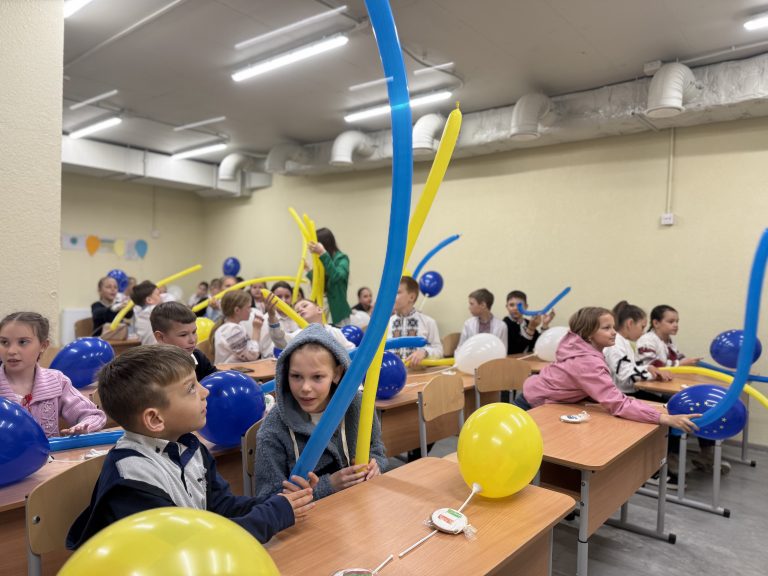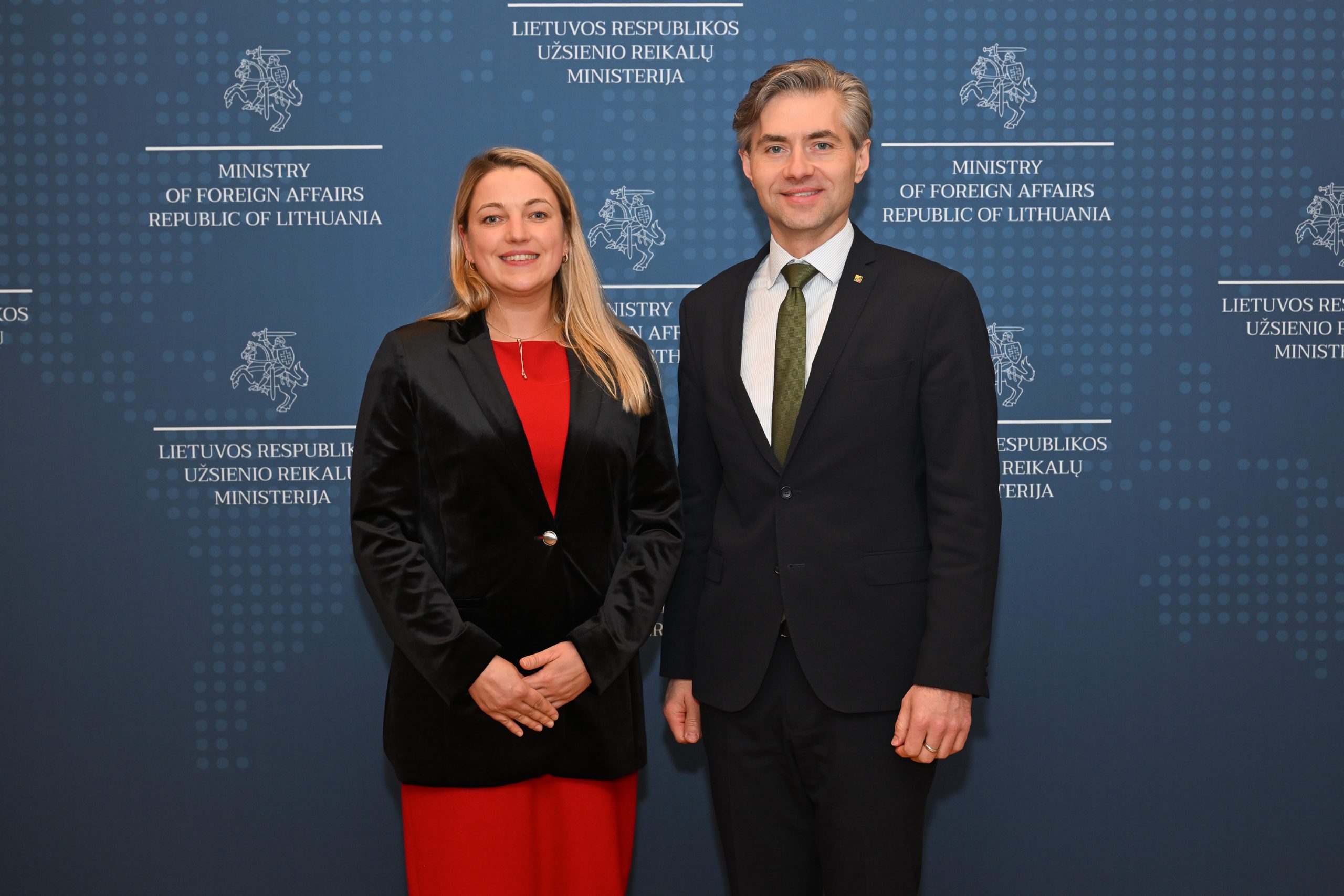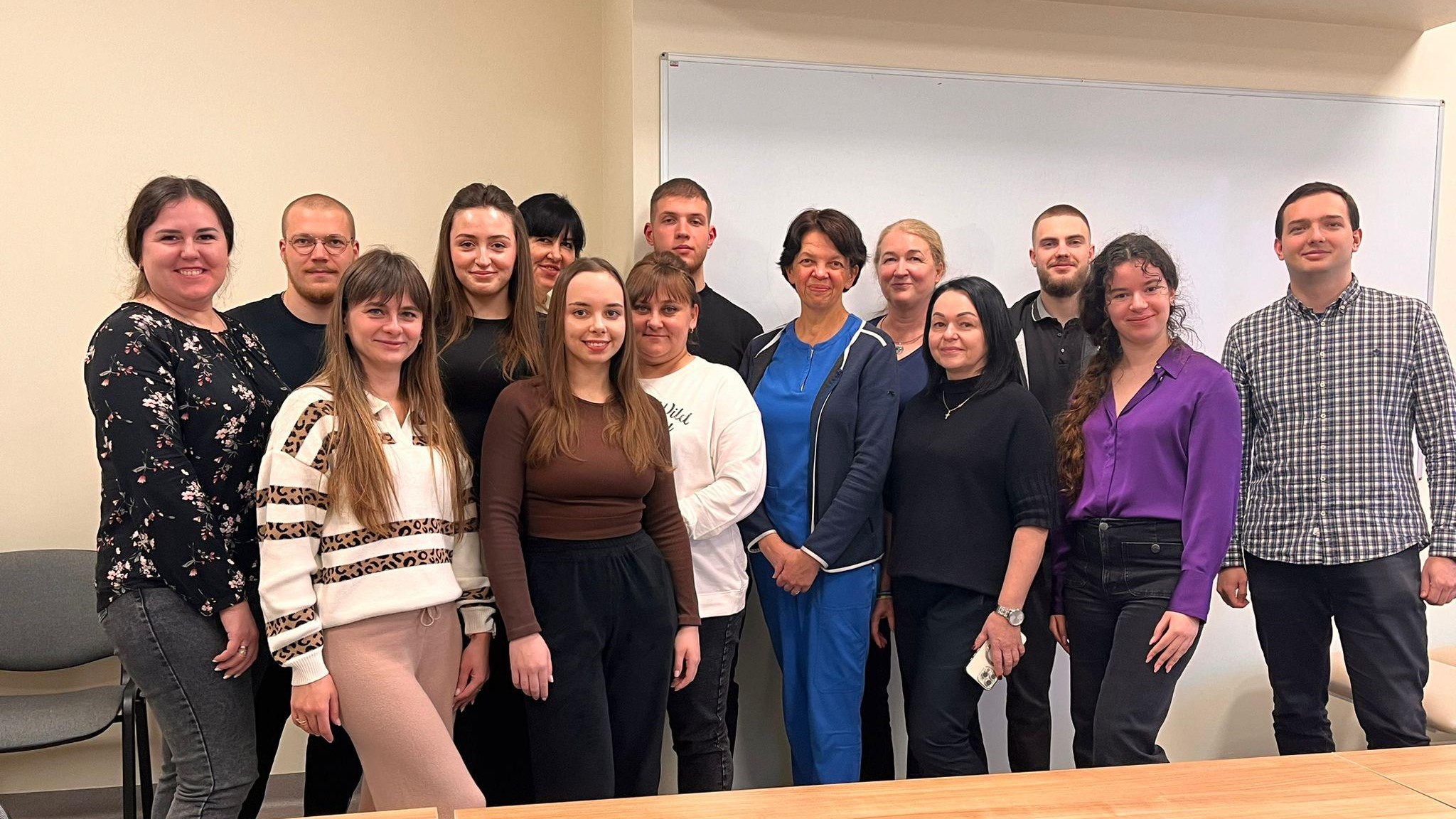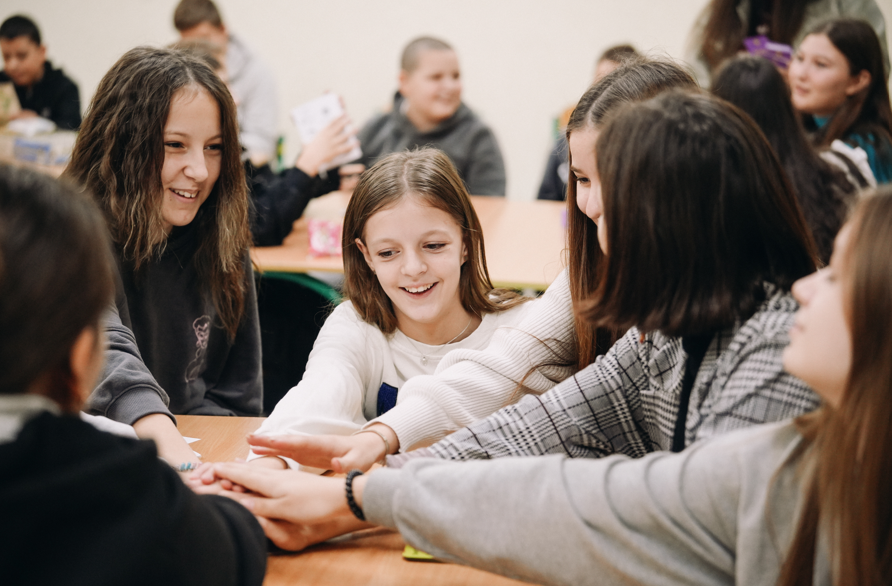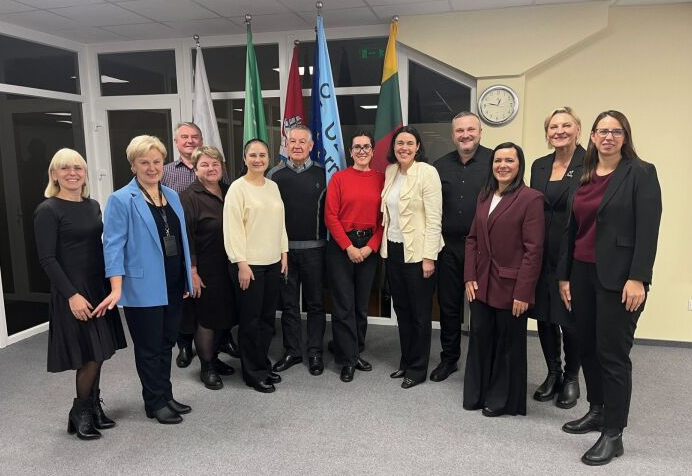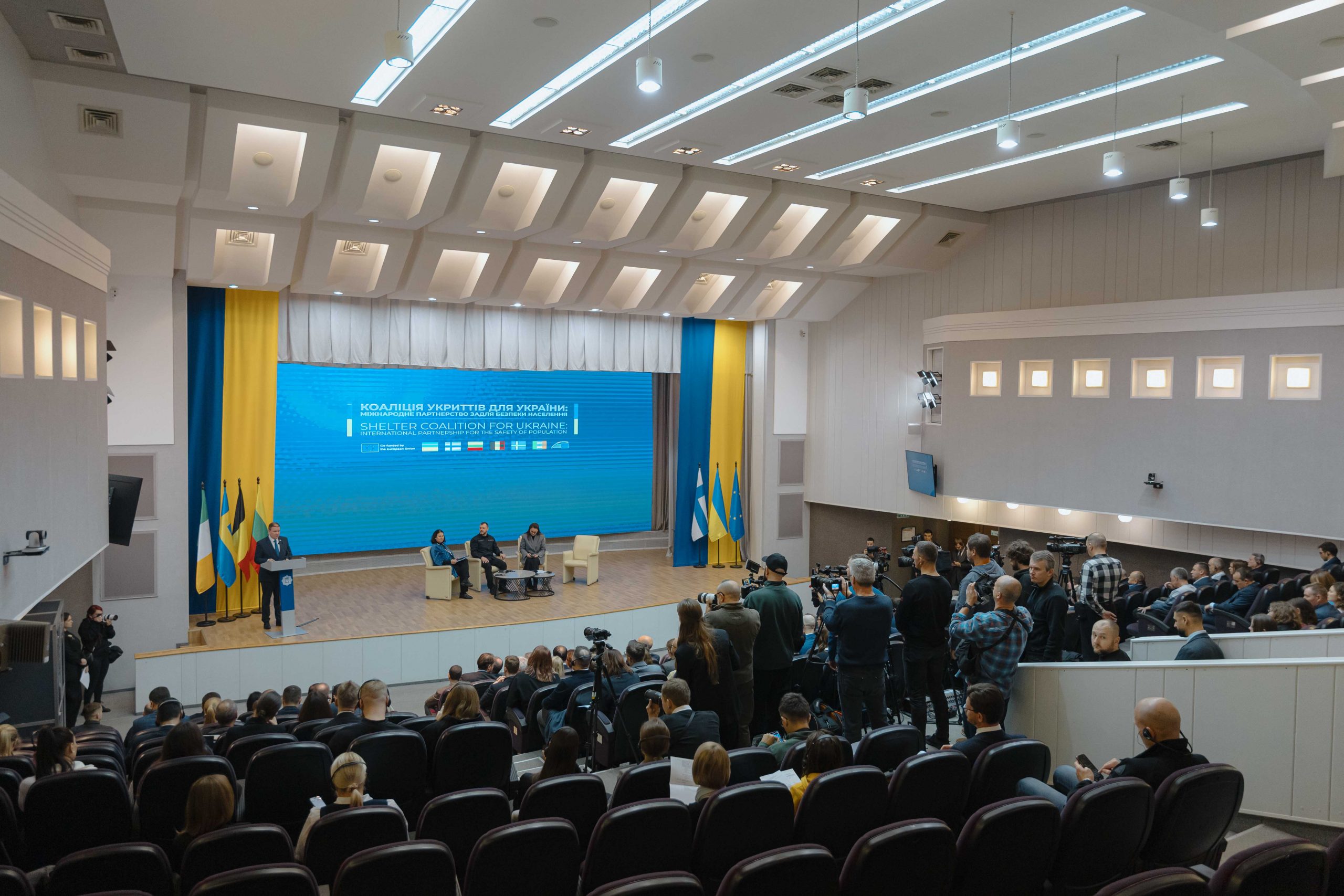On 24 April 2025, the first newly built underground shelter under the “New Bomb Shelters for Ukrainian Schools” programme was officially opened in Molodizhne, Odesa region. The state-of-the-art facility will provide a safe learning environment for 700 students, allowing them to return to offline education amid ongoing security challenges. The large-scale construction was built from scratch and successfully completed in less than a year. The modern anti-radiation shelter will also serve as an underground school, cultural centre, and youth hub.
The programme is initiated and funded by the European Union (EU) and the Republic of Lithuania and co-financed by the Government of Ireland. A total of EUR 2.4 million was allocated for the first shelter’s construction, with approximately EUR 75,000 spent on interior equipment and furniture.
The opening event brought together the local community and children, along with the Minister of Education and Science of Ukraine, Oksen Lisovyi; Minister of State for European Affairs and Defence of Ireland, Thomas Byrne; Vice Minister of Foreign Affairs of Lithuania, Sigitas Mitkus; Head of Cooperation at the EU Delegation to Ukraine, Stefan Schleuning; and the Ambassador of Lithuania to Ukraine, Inga Stanytė-Toločkienė.
“The Russian war of aggression against Ukraine has deprived many children of the safety and stability essential for learning and development. With the opening of the new shelter in Molodizhne, the EU is contributing to the creation of a secure environment where children can continue their education,” said Stefan Schleuning, Head of Cooperation at the EU Delegation to Ukraine.
Oksen Lisovyi, the Minister of Education and Science of Ukraine, highlighted that because of Russia’s full-scale invasion, nearly one in seven schools in Ukraine has been destroyed or damaged, and about 430,000 students have no access to in-person learning.
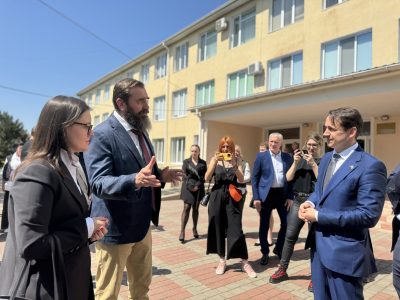
“The safety of children and quality education are top priorities for Ukraine. Currently, over 100 underground schools are being built in Ukraine with funding from the state budget. Every contribution from our partners to infrastructure restoration and educational support is of immense value. The European Union and the Governments of Lithuania and Ireland are our strategic partners, actively supporting Ukrainian education. We are grateful for their consistent support and investment in the safety of our children,” emphasised Lisovyi.
Stepping into the fourth year of full-scale invasion, Ukrainian educators note significant learning losses. Research conducted by the SavEd foundation says that teachers, parents, and students name air raid alerts as the greatest obstacle to learning. Thanks to the underground school, lessons can be continued here even during airstrike threats, ensuring an uninterrupted learning process.
„Each shelter we build together as Team Europe strengthens Ukraine‘s resilience, restores everyday life, and brings us closer as European partners. This space will serve not only as a shelter but as a symbol of hope, education and community revival, paving the way towards a shared European future,“ highlighted Mr. Sigitas Mitkus, Deputy Minister of Foreign Affairs of Lithuania.
According to the Lithuanian Central Project Management Agency (CPVA), which implemented the project, the new shelter construction meets the latest standards and requirements for underground shelters. It consists of 24 rooms serving different functions.
Another meaningful initiative — the provision of solar panels for Molodizhne Lyceum — was launched with the signing of a Memorandum of Understanding between CPVA and Velykodolynska Settlement Council. The initiative is part of a Lithuanian programme aimed at installing solar power systems in schools, hospitals, and other critical facilities across Ukraine.
Background information
A Dual-Use Design
The dual-use shelter design provides high-quality infrastructure usable both during wartime and in peacetime. During air raids, students can continue their education as classrooms are equipped with desks and interactive boards. The shelter offers the community a variety of activities, featuring spaces for chess, table tennis and football rooms, as well as a cinema and a resource room. The school community has already initiated a local history museum in one of the premises.
The programme is funded by the European Union (EUR 15 million) and Lithuania through the Fund for Development Cooperation and Humanitarian Aid (EUR 500,000) and is extended with a EUR 3 million contribution from the Government of Ireland. The next shelters will be built in regions of Mykolaiv, Chernihiv, Sumy, Zaporizhzhia, and Kharkiv. Each shelter will accommodate from 500 to 1,000 people. The initiative is implemented with the assistance of the Partnerships Coordination Office of the Ministry of Education and Science of Ukraine.
